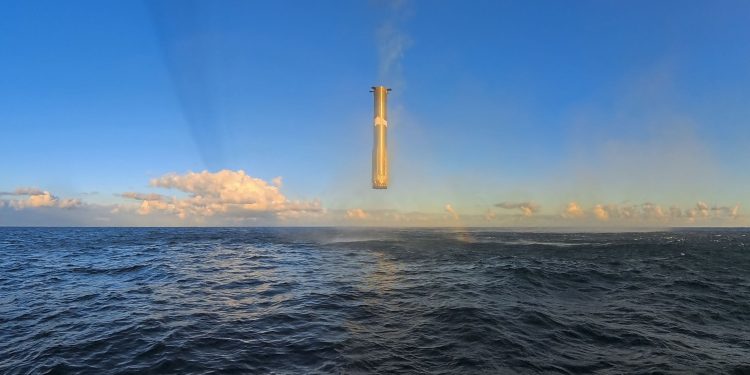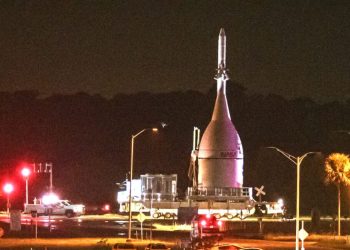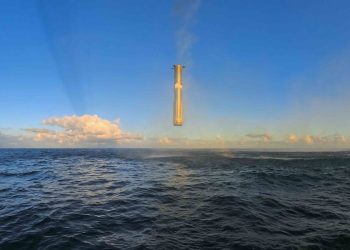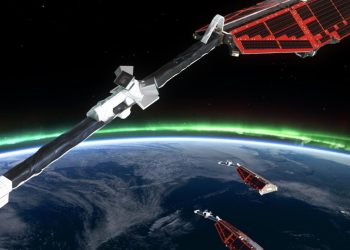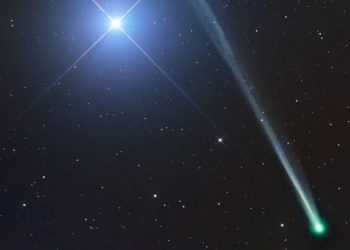Spectacular footage from Starship’s recent test launch shows the final seconds of the spacecraft’s booster before landing in the rich, blue waters of the Gulf.
EspaceX launched the 11th test flight of its giant Starship rocket on October 12 and achieved all its objectives. The vehicle, currently under development, consists of its upper “Ship” stage and the Super Heavy booster, both reusable. Together, they stand nearly 400 feet tall (122 meters), although SpaceX plans to launch a taller and improved version three (V3) of the vehicle in the future.
Starship V2, launched Monday (Oct. 13) from SpaceX’s Starbase facility in South Texas, plagued the company over the past year of test flights, but Flight Test 11 and its predecessor redeemed the rocket during its final flights. To drive home this point, SpaceX has video published of the booster’s thrilling final moments before it plunges to its new home at the bottom of the Gulf of Mexico.
Flight Test 11 met all of its mission objectives, and SpaceX appeared to have improved on issues seen during Flight Test 10, which saw visible structural damage to the ship during upper stage return. Earth’s atmosphere.
The ship’s descent and smooth landing in the Indian Ocean created a perfect picture booster to conclude the V2’s final flight about an hour after liftoff, but its Super Heavy booster didn’t sing its swan song until about 6.5 minutes into the mission. This was the second flight of this particular Super Heavy booster, and only the second booster to be flown again as part of SpaceX’s efforts to make Starship completely reusable.
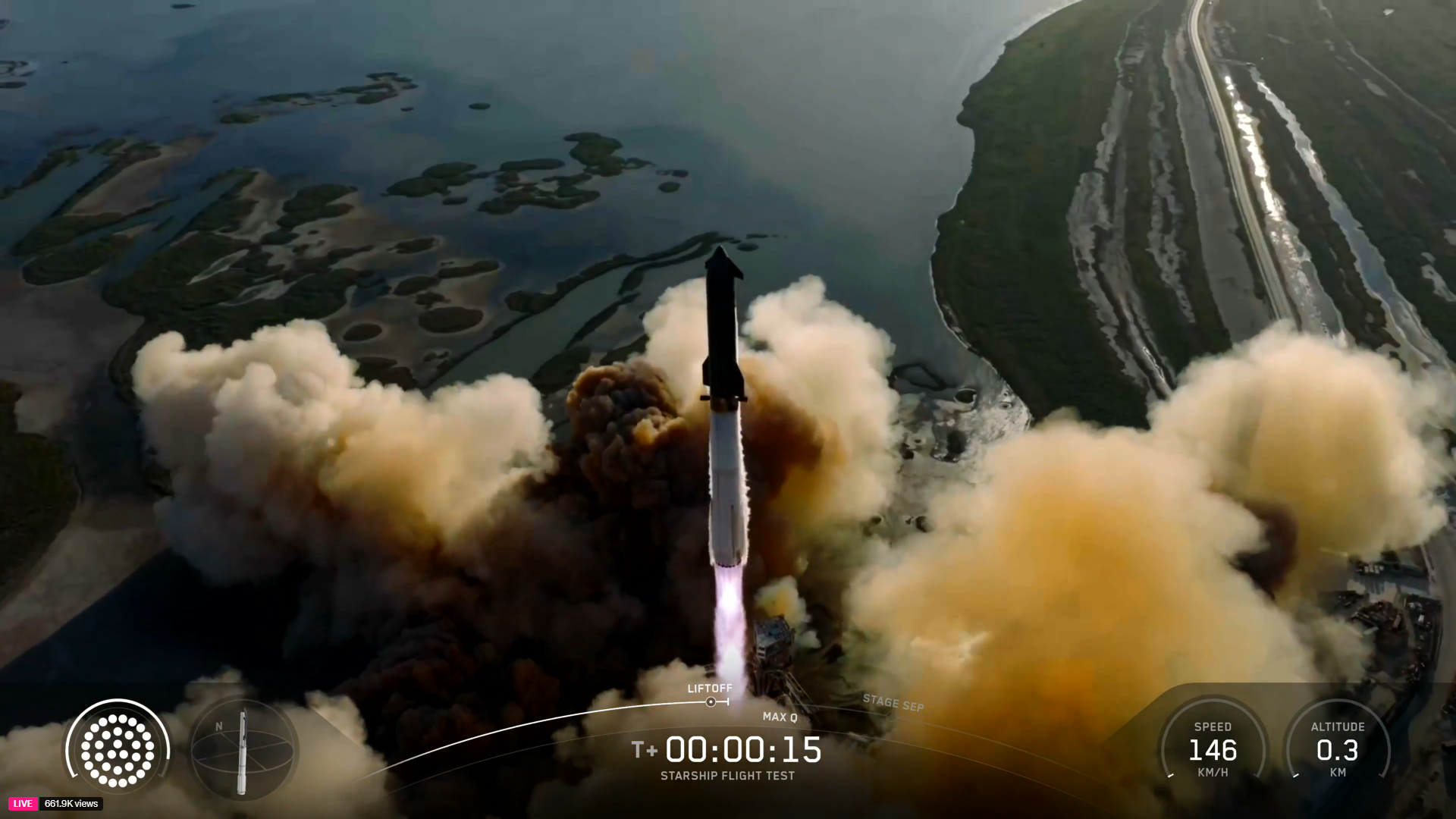
Starship is the rocket that SpaceX plans to establish a permanent human presence on March — an effort that company CEO Elon Musk says will require more than a thousand launches, and an effort that will depend on the vehicle’s ability to land and take off again and again.
NASA also selected Starship as the lunar lander for the agency’s next voyage. Artemis 3 mission, which aims to put astronauts’ boots on the Moon for the first time since the Apollo missions of the 1960s and 1970s. NASA hopes to launch this mission sometime in 2027, putting pressure on SpaceX’s schedule to get Starship ready for operation.
In addition to the smooth water landings of the Ship and Super Heavy, the success of Flight 11 included the deployment of Starlink mass simulator satellites, a re-ignition of the Ship’s Raptor engines in space, and a new engine burn initiation sequence for the Super Heavy during booster deceleration and landing.
Both Super Heavy and Ship are designed to return to Starbase for quick turnarounds to fly again, although neither stage did so for this mission. SpaceX captured Super Heavy three times using giant mechanical arms attached to the rocket’s launch tower, called “Mechazilla” wand arms. The ship’s upper stage is also designed to be grabbed by the launch tower arms, although Musk said SpaceX’s first attempt at this would take place in early 2026.


